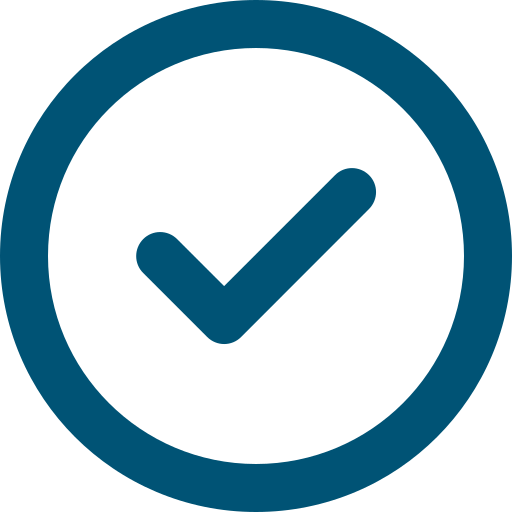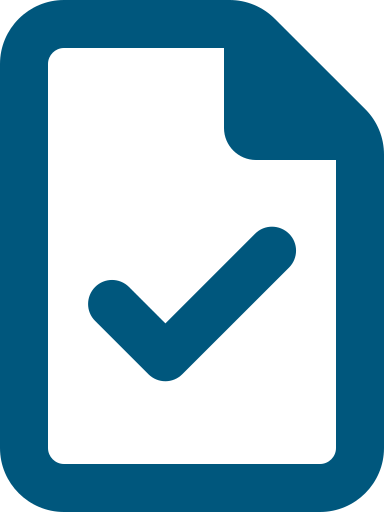Provider supervision is a key part of the Commission’s activities to drive improvement in the sector and the delivery of safe, high-quality care for older people.
The Supervision Model is a Commission-wide approach to detect, assess, and respond to provider risk and protect older people receiving aged care.
We continuously monitor if aged care providers are doing the right thing and act if we identify risks or failures to provide safe, quality care.
Our Supervision Model guides how we:
- use data and regulatory intelligence to inform a provider’s supervision status
- respond to provider risks in proportion to the level of that risk
- focus on outcomes that improve the quality of care and protect the wellbeing of older people
- utilise all areas of the Commission collaboratively to respond to risks.
We aim to guide providers to proactively address risks and lift their performance.
Supervision status
All providers will be allocated a supervision status under the Supervision Model, based on our assessment of the level of risk to older people in their care. Providers can move to any supervision status at any time based on the level of risk and provider’s capacity and willingness to manage that risk.
Watch this video to learn about the four supervision statuses.
Transcript for Provider Supervision: What it means for you
The four supervision statuses, which escalate in-line with provider risk and the level of response needed by the Commission, are:
1. Risk surveillance
There is ongoing monitoring and risk surveillance of all providers all the time to protect and safeguard older people receiving aged care. In the absence of any specific risk or compliance concerns, providers will have a Risk surveillance supervision status.
This involves our ongoing monitoring and assessment of risk through detection activities and monitoring intelligence and data (such as reviewing provider reporting and notifications).
Providers in this category do not have specific risks or compliance issues that we are responding to.
The Commission may move providers in risk surveillance to a higher supervision status if we need to intervene because we have identified risks or concerns.
2. Targeted supervision
Where a provider is required to take corrective action to manage specific events or issues, and the Commission has confidence in their ability to do this in a timely and appropriate manner, we will engage with the provider and seek the required assurance that the actions have been taken.
Where the provider has done what is required and there are no other ongoing issues, they may return to a risk surveillance supervision status.
Where they are unable or unwilling to do what is required, or other concerns are identified which increase the level of risk, a provider may move into active or heightened supervision.
3. Active supervision
Where there is a high level of risk driven by either the potential for harm to older people receiving care, or a provider’s inability to do what is required, we will actively case manage the provider with regular engagement to ensure that the required actions are being taken.
Case managers may use regulatory powers to incentivise the required change in provider behaviour and delivery of required actions to appropriately manage risk and demonstrate compliance.
4. Heightened supervision
Where there are severe levels of risk to the safety of older people, risk to their ongoing continuity of care, or sustained non-compliance, we will actively case manage the case. This will include:
- intense monitoring
- compliance and enforcement actions
- the use of the strongest regulatory tools
- engagement with a broader range of stakeholders, including the Department of Health, Disability and Ageing, to strategically manage these complex risk scenarios and safeguard older people’s safety and ongoing access to care.
This will often happen when a non-compliant provider is exiting the market through their own accord or due to the Commission’s regulatory actions.
How we case manage providers assessed as higher risk
We assign case managers to providers with an active or heightened supervision status. Where required, we may also assign a case manager to providers with a targeted supervision status.
Case managers engage with providers early and effectively to:
- identify the causes of risk and non-compliance
- set clear expectations for improvement
- set incentives for taking quick and effective action
- monitor their progress.
Our case management approach is focussed on positive outcomes for older people, informed by risk, and driven by data. Read the Provider supervision case studies to learn more about how we manage providers assessed as higher risk and bring them back to compliance.






